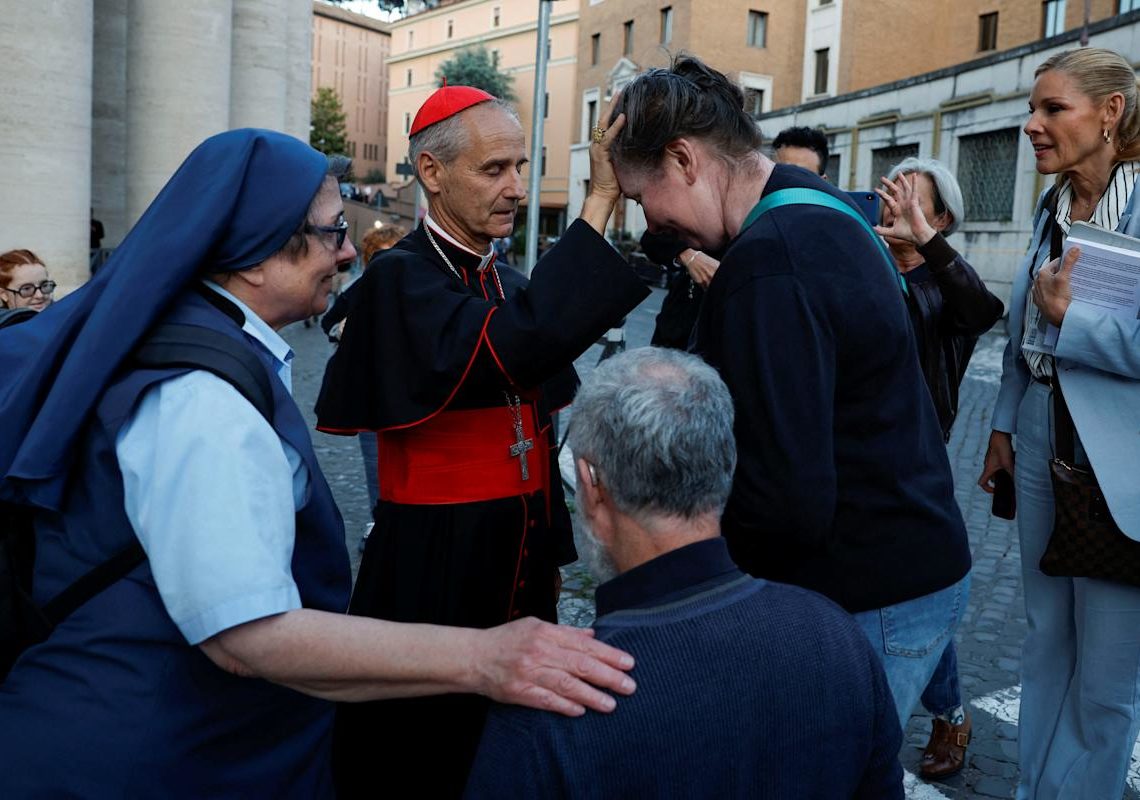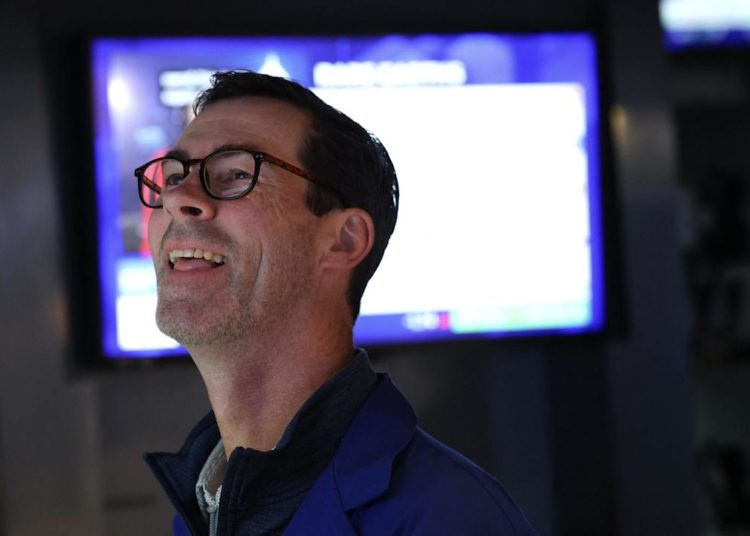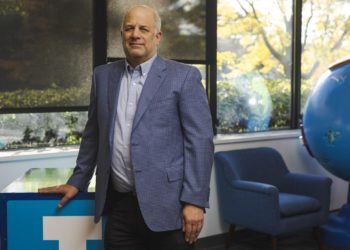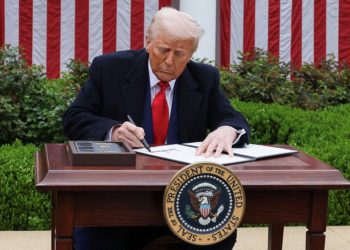Over 130 elector cardinals from around the globe converged Wednesday in Vatican City to vote for the successor to Pope Francis, who will assume leadership of the world’s 1.4 billion Roman Catholics.
Cardinal Giovanni Battista Re, dean of the College of Cardinals, presided over the group’s Mass for the Election of the Roman Pontiff at St. Peter’s Basilica. He called for unity in faith and prayer and said the new pope is facing a “difficult, complex, and troubled turning point in history.”
Later today the cardinals will be transported from their living quarters at Casa Santa Marta, where Francis lived during his papacy, to the Sistine Chapel. Closed off from the world, they will again pray and begin deliberations ahead of the first round of voting.
Cardinal Robert McElroy, archbishop of Washington, D.C., called the conclave process “profound and mysterious,” and said of any possible favorites to succeed Francis: “I can give you no insights into who is ahead.”
More than 200 of the 266 popes were natives of Italy, although it’s been 47 years since an Italian served as pontiff. Francis was the first from Latin America; there have been none hailing from the U.S. Numerous cardinals from Italy and other nations are considered contenders.
A battle for the soul of the church: What’s at stake in conclave this week
Cardinals likely to continue conclave Thursday
Multiple rounds of voting are almost always needed before a candidate emerges with the two-thirds majority required to become pope. The cardinals likely will need to reconvene Thursday morning, when a Mass would be celebrated in the Pauline Chapel before they return to the Sistine Chapel for midmorning prayer and that day’s rounds of voting begin. Up to four rounds of voting are permitted each day.
At the conclusion of Thursday’s voting, there will an evening prayer before they return to Santa Marta. If the votesfailed to result in someone receiving a two-thirds majority, they will return for more voting Friday − and as many days as is required to elect a pontiff.
After a cardinal receives the required number of votes and agrees to take on the monumental task, white smoke will signal his selection.
How will the voting for pope take place?
Here are the specifics of the voting process, according to the Vatican:
Each cardinal writes the name of their chosen candidate on a ballot, folds it, holds it aloft and carries it to the altar in order of rank. The cardinal places the ballot on a plate covering a chalice and says, in Italian: “I call as my witness Christ the Lord, who will be my judge, that my vote is given to the one whom I believe should be elected according to God.”
The cardinal then uses the plate to drop the vote into the chalice, bows to the altar and returns to his seat. Cardinals who are unable to walk give their folded ballot to a “scrutineer,” who follows the same procedure without reciting the oath again.
Any cardinals who are too ill to be in the chapel are given ballots and a sealed box with a slit where the folded ballots can be inserted. Once the votes are cast, the “infirmarii” bring the box back to the chapel, where it is opened in front of the electors. The votes are counted and added to those already in the main chalice.
Who are the top contenders? A look at the leading candidates to become pope
From secret ballots to white smoke: Here’s how the papal conclave will elect a new pope
How are the ballots for pope counted?
After all votes have been cast, one of three scrutineers shakes the chalice to mix the ballots. Another scrutineer then counts them, transferring them into an empty container. If the number of ballots doesn’t match the number of voters, all ballots are burned and a new vote is held immediately. If the count is correct, the ballots are opened and read.
The scrutineers sit at a table before the altar. The first reads the name written on a ballot and passes it to the second, who confirms the name and hands it to the third, who reads it aloud for everyone to hear and records the vote.
Once all ballots have been read and the votes tallied, the final scrutineer pierces each ballot with a needle and threads them together with string. The ends of the string are tied in a knot, and the ballots are stored for safekeeping. The count is checked and verified, and before the electors leave the Sistine Chapel, all the ballots are burned in a cast-iron stove.
This article originally appeared on USA TODAY: Conclave live updates: Cardinals gather at Vatican to vote on new pope
The post ‘Profound, mysterious’ conclave to pick new pope begins: Live updates appeared first on USA TODAY.




